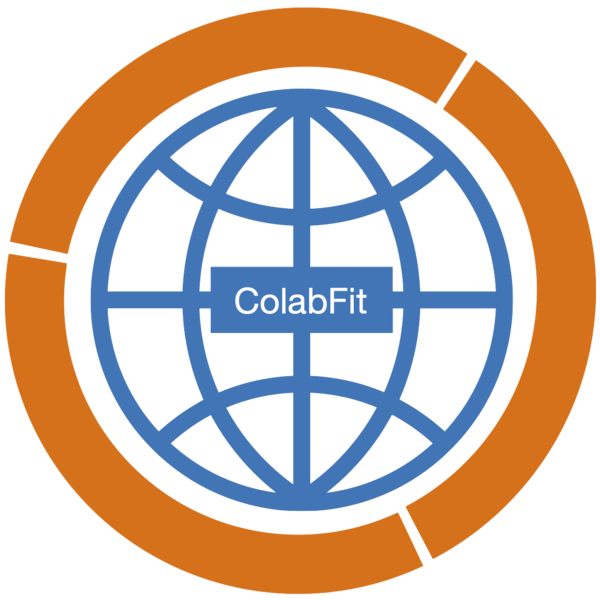Dataset
aC_JCP_2023
Download Original Data Files
113.4 MB
Download Dataset Parquet Files
146.0 MB
Download Dataset XYZ Files
154.5 MB
Species content of dataset
Dataset viewer powered by Hugging Face
Related Datasets
No uploaded content is transferred in ownership from the original creators to ColabFit. All content is distributed under the license specified by its contributor who has stated that he or she has the authority to share it under the specified license.

